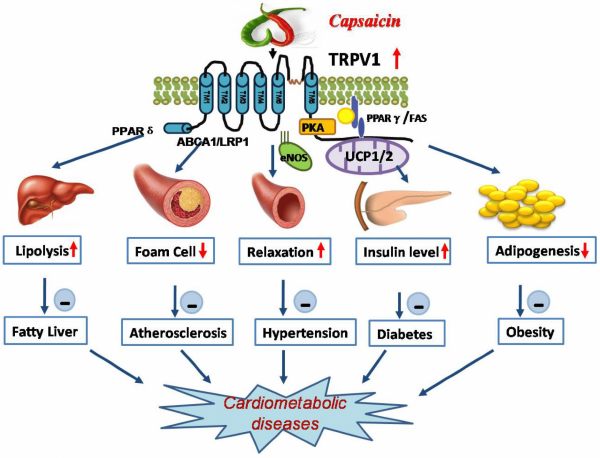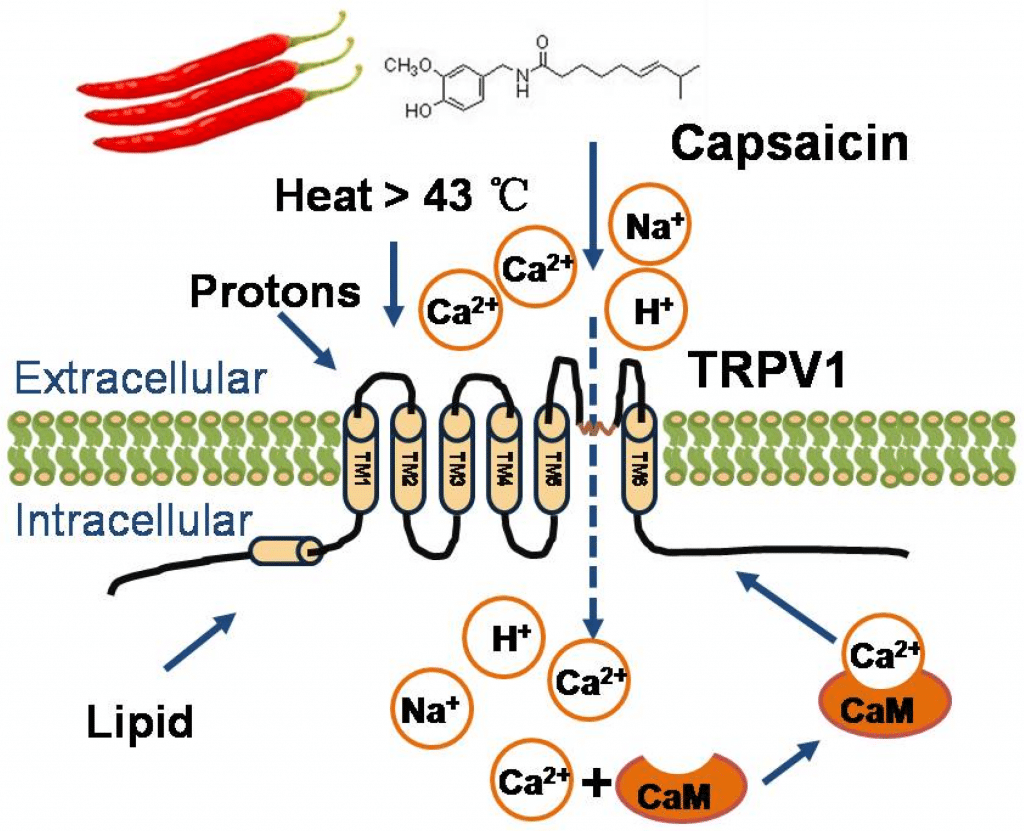
This year's honorees have made fundamental contributions to the discovery of ion channels located on the surface of nerve cells that open in response to high and low temperatures and those that react to pressure, two fundamental factors that allow the body to interact with the environment
The Nobel Prize in Physiology or Medicine this year went to David Julius and Ardem Patapoutian for their discovery of the receptors that allow us to perceive temperature in the body and are the basis of the sense of touch.
David Julius was born in 1955 in New York, USA. After graduating from the Massachusetts Institute of Technology in 1977, he received his doctorate from the University of California at Berkeley in 1984. He currently works for the University of California at San Francisco. He has been awarded numerous awards for the  his research work, such as the Shaw Prize in Life Science and Medicine in 2010 and the Breakthrough Prize in Life Sciences in 2020.
his research work, such as the Shaw Prize in Life Science and Medicine in 2010 and the Breakthrough Prize in Life Sciences in 2020.
Ardem Patapoutian, born in 1967, was born in Beirut, Lebanon. He emigrated to the United States to escape the war that swept the country in 1982, he graduated in cell and developmental biology at the University of California at Los Angeles, then obtaining his PhD in biology at the California Institute of Technology in 1996. After a stint at the University of California at San Francisco (UCSF), he worked for several years at the Howard Hughes Medical Institute of Scripps Research in La Jolla, California, and at the Novartis Institute of Genomics.
Research into the pathways that allow the brain to react to various mechanical and thermal inputs that stimulate the skin has a long history, which can be traced back to the philosopher Descartes. However, we have to wait until the early twentieth century for scientific research which made it possible to identify the highly specialized nerve fibers of the sense of touch, which allow us to distinguish between painful and non-painful stimuli, a discovery that led to Joseph Erlangen and Herbert Gasser the Nobel Prize in Physiology or Medicine in 1944.
Since then, many scientists have dedicated themselves to trying to understand how the sense of touch is so refined that it allows us to distinguish, for example, rough surfaces from smooth surfaces. Until the 1990s, however, there still remained a gray area on the specific molecular processes that translate heat or mechanical stimuli into electrical signals that then travel through the nervous system.
The key to answering these questions was in a small molecule, capsaicin, contained in chili peppers and responsible for the spiciness of this food.
In the late 1990s, David Julius, a researcher at the University of California at San Francisco, used a very time-consuming and laborious method to identify which protein was responsible for the reaction to capsaicin. To this end, he had created a library of millions of DNA fragments corresponding to the genes that were expressed in the nerve cells reactive to this substance. By expressing these genes in cultured cells that normally did not have them, Julius was able to identify a protein that constitutes  a ion channel dubbed TRPV1, a sort of molecular gate placed on the surface of a cell that only lets in certain ions in response to a temperature above 43°C. The fundamental discovery is that the very opening of this ion channel makes us perceive a high temperature as painful.
a ion channel dubbed TRPV1, a sort of molecular gate placed on the surface of a cell that only lets in certain ions in response to a temperature above 43°C. The fundamental discovery is that the very opening of this ion channel makes us perceive a high temperature as painful.
This discovery paved the way for the study, with a similar technique, of the sensation of cold, exploiting menthol, the substance contained in mint that gives the sensation of freshness. Julius and, independently, Ardem Patapoutian of the Howard Hughes Medical Institute of Scripps Research in La Jolla, California, succeeded in discovering the TRPM8 ion channel, which similarly to TRPV1, opens at low temperatures, functioning as a cold receptor.
At that point it remained to devote oneself to the other unsolved mystery, concerning the molecular mechanisms underlying the perception of mechanical stimuli. Using a cell line that emitted a measurable electrical signal when individual cells were pricked with a micropipette, and selecting among a multitude of genes for those that expressed proteins related to mechanical sensitivity, the two researchers identified two pressure sensitive ion channels, named Piezo1 and Piezo2, expressed at high levels on the surface of sensory neurons.
Subsequent studies have shown that these receptors are essential not only for the sense of touch, but also for proprioception (i.e. the ability to perceive the position and movement of one's body), as well as for the regulation of blood pressure, respiration and bladder control (and bone remodelling).
The recognition of the Swedish Karolinska Institutet therefore goes to a fundamental research contribution, a single method that has made it possible to discover the many nuances of the sense of touch and the perception of heat, two fundamental elements that allow us to interact with the surrounding environment.
Subsequent studies have clarified that these proteins are also involved in the regulation of blood pressure, respiration and bone remodeling.
Related news: Because the Nobel Prize in Medicine didn't go to the "parents" of the Covid vaccine
Nobel, the wrath of Bassetti: “Anachronistic, what a disappointment…”





